Your cart is currently empty!
From Burnout to Balance – How Yoga Helped Me Find Myself Again
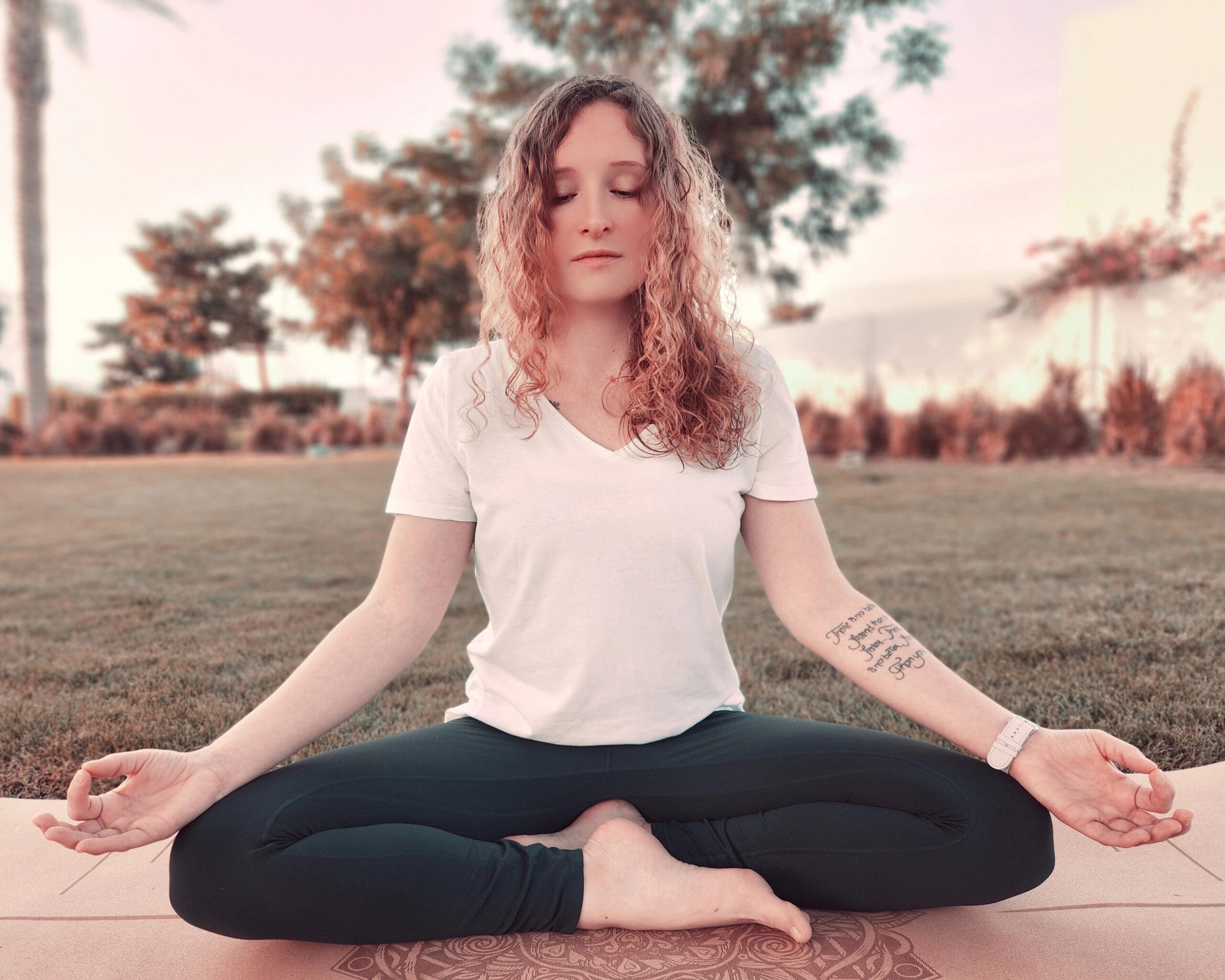
“Yoga didn’t fix me — it reminded me that I was never broken. I just needed space to breathe, feel, and come home to myself.”
Alina Saibel
When Everything Feels Like Too Much
If you’re in a season where everything feels like too much — where you’re doing your best to keep it all together, but inside, something is unraveling — you’re not alone. Maybe you’re lying awake at night, replaying your day with a heavy chest. Or waking up already tired, anxious about the hours ahead. Maybe you’ve started pulling away from the things and people you once loved, unsure why it all feels so hard.
This is the kind of quiet overwhelm that often goes unnoticed by others — but it’s loud in your body, in your breath, in your spirit.
I know that feeling well. I was there too. As a nurse, I gave everything to others, but inside I was running on empty. Over time, I lost touch with joy, with lightness, and eventually, with myself. I was exhausted beyond the physical — weighed down emotionally and spiritually.
And when it felt like I had nothing left to give, one truth began to surface: something needed to change. And that change could begin — gently, quietly — with me.
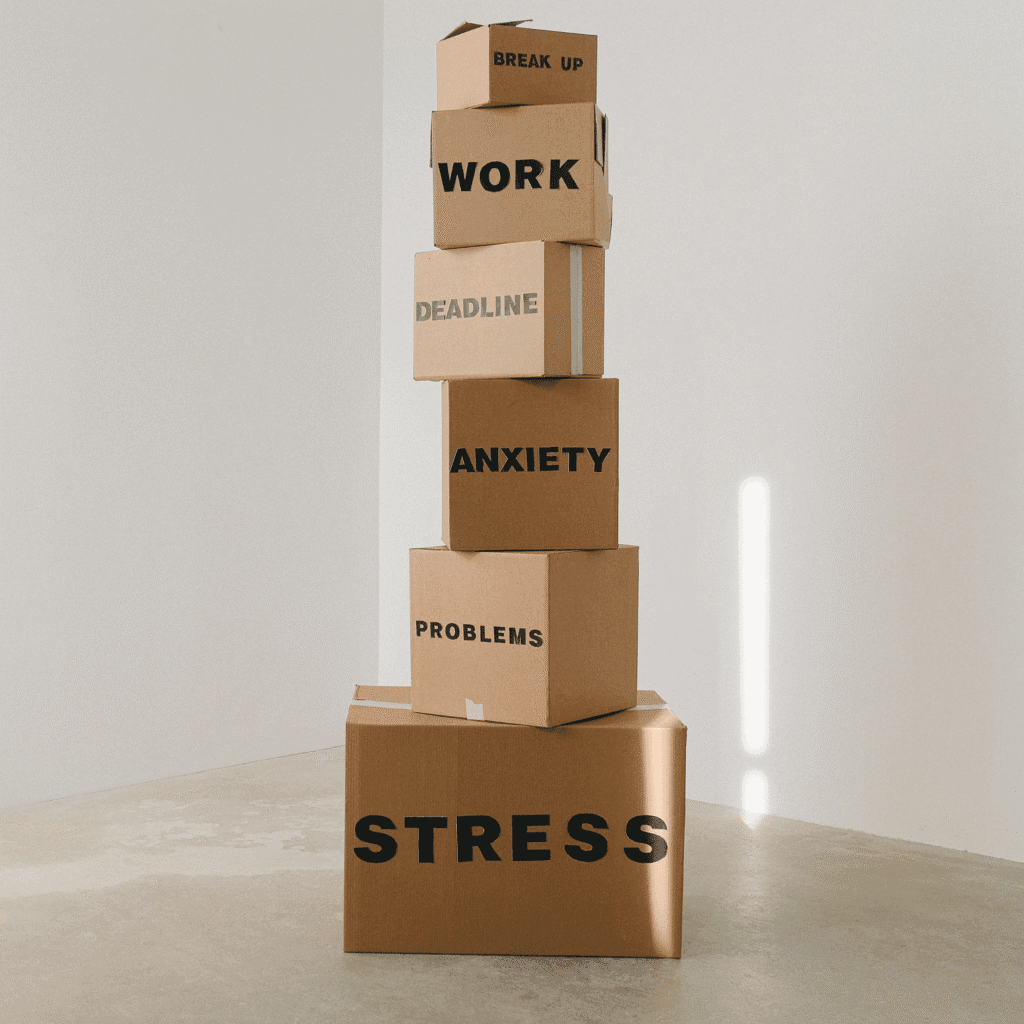
What Burnout Really Looks Like
Burnout doesn’t always look dramatic. Sometimes it looks like high-functioning exhaustion. Like saying “I’m fine” when you’re anything but. Like showing up for everyone else while quietly fading from your own life.
If you’ve experienced some of these signs, you might be closer to burnout than you realize:
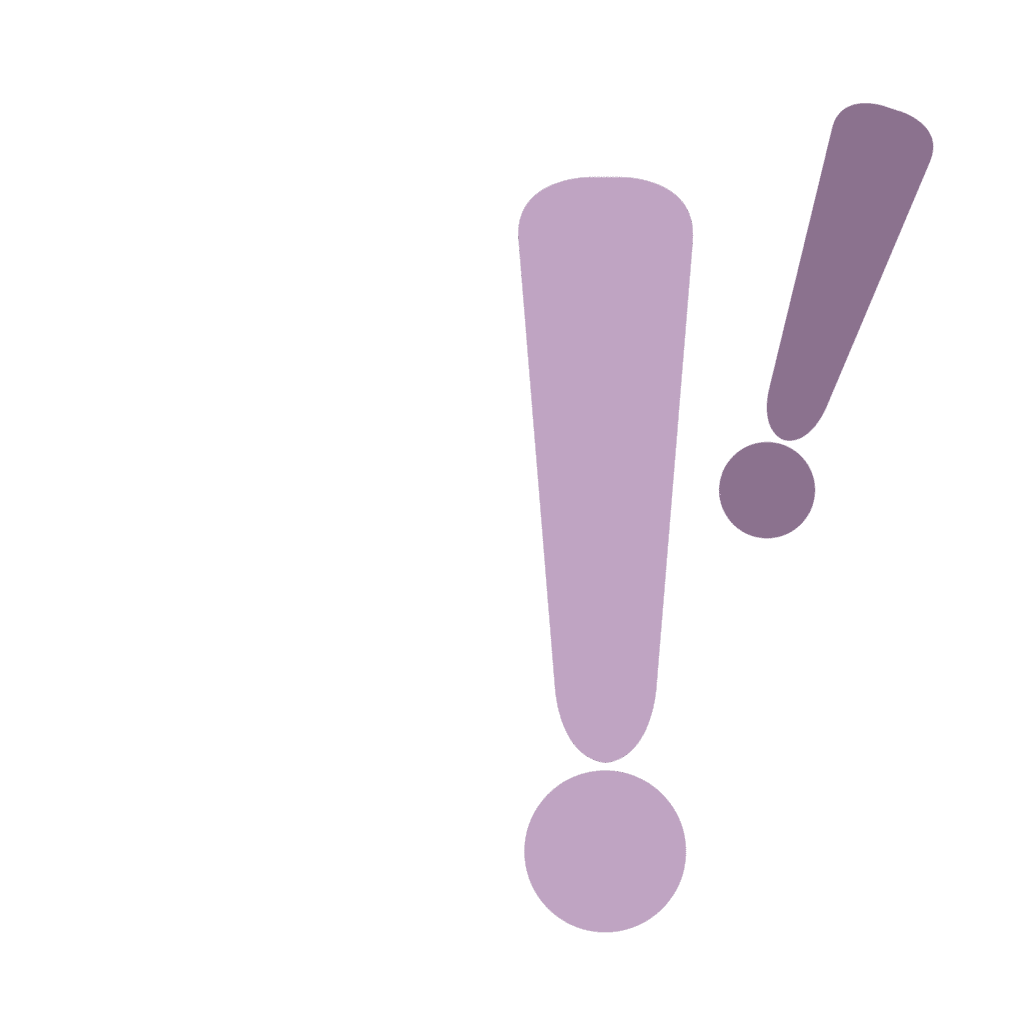
- Constant fatigue, no matter how much you rest
- Trouble sleeping, or waking up already anxious
- Feeling emotionally numb or overly sensitive
- A sense of disconnection from your body
- Losing interest in things you once enjoyed
- Digestive issues, tension, headaches, or frequent illness
Below, I will share a more detailed overview of common symptoms associated with burnouts to help you better understand the different ways it can manifest.
Decline in mental performance and clarity
- Difficulty concentrating or focusing
- Memory lapses, brain fog
- Indecisiveness
- Overthinking or constant worry
- Feeling overwhelmed by small tasks
- Pessimistic or cynical thoughts
Ongoing exhaustion, even after rest
- Constant fatigue regardless of sleep
- Feeling depleted or “burned out”
- Lack of energy for hobbies or social life
- Low physical stamina
- Feeling like you’re just “getting through the day”
Imbalance in your inner emotional world
- Feeling empty or emotionally drained
- Irritability or sudden emotional outbursts
- Mood swings or emotional numbness
- Loss of joy or motivation (anhedonia)
- Increased sensitivity or disconnection
- Guilt, shame, or feeling “never enough”
- Low self-esteem or hopelessness
Disruptions in rest and recovery
- Difficulty falling or staying asleep
- Waking up feeling anxious or wired
- Unrestful sleep – waking up tired
- Nighttime jaw clenching or restlessness
When the body becomes the messenger
- Muscle tension (neck, jaw, shoulders)
- Headaches or migraines
- Digestive issues (bloating, nausea, IBS)
- Rapid heartbeat, shortness of breath, dizziness
- Frequent colds, weakened immune system
- Hormonal imbalances or low libido
- Skin flare-ups or chronic inflammation
Changes in your habits and interactions
- Social withdrawal or isolation
- Avoiding responsibility or conflict
- Excessive use of food, alcohol, or screens
- Escaping into constant busyness
- Loss of interest in things you used to enjoy
- Disconnection from self or others
Impact on identity, self-worth, and purpose
- Constantly feeling not good enough
- Loss of purpose or direction
- Identity crisis – “I don’t know who I am anymore”
- Just going through the motions, feeling robotic
- Emotional disconnection or spiritual numbness
These are not signs of weakness.
They are your body’s way of whispering – or shouting – that something is out of balance.
A gentle but powerful call for regulation, care, and reconnection.
A Way Forward – Why This Matters Now
If you’re reading this, chances are you’ve tried everything else: powering through, pretending you’re fine, putting yourself last. Maybe you’ve told yourself it’s just a rough patch. Maybe you’re afraid to slow down because you don’t know what you’ll feel when you do.
That was me too. And that’s exactly why yoga helped.
Yoga gave me permission to stop. To feel. To not be okay — and still be worthy of care. It didn’t demand anything of me. It simply invited me back to myself.
If you’re carrying more than your body can hold, if you’re moving through your days on autopilot, I want you to know:
You don’t have to be ready. You just have to be willing.
You don’t have to go fast. You just have to go gently.
You don’t have to do it alone.
Healing isn’t a finish line — it’s a quiet return to who you’ve always been underneath the noise.
So if you’re wondering whether yoga could help you too, start with something simple.
A few deep breaths. A short, nourishing class. A moment of silence before your day begins.
You don’t have to be lost forever.
Your breath, your body, your inner strength will guide you home.
What Actually Helped Me Heal
Healing from burnout is never one-size-fits-all.
But here’s what helped me:
- Asana (movement):
Gave me permission to feel safe in my body again - Breathwork:
Helped me down-regulate anxiety and reconnect with the moment - Meditation:
Brought me clarity and peace when my mind felt foggy and scattered - Yoga Nidra:
Replenished my nervous system in a way rest alone never could - Mantra & Mudras:
Created a space where I could feel empowered again, even when words failed
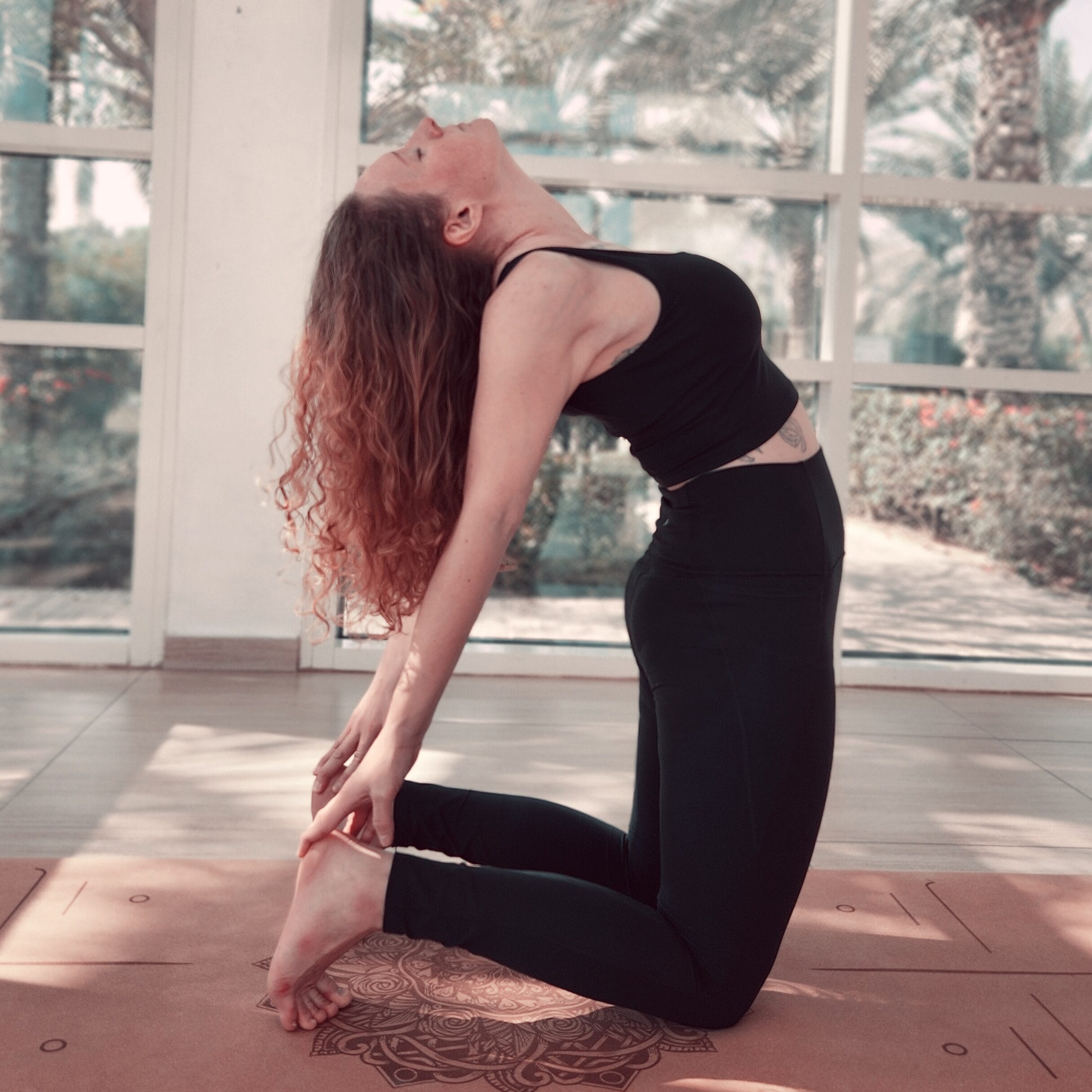
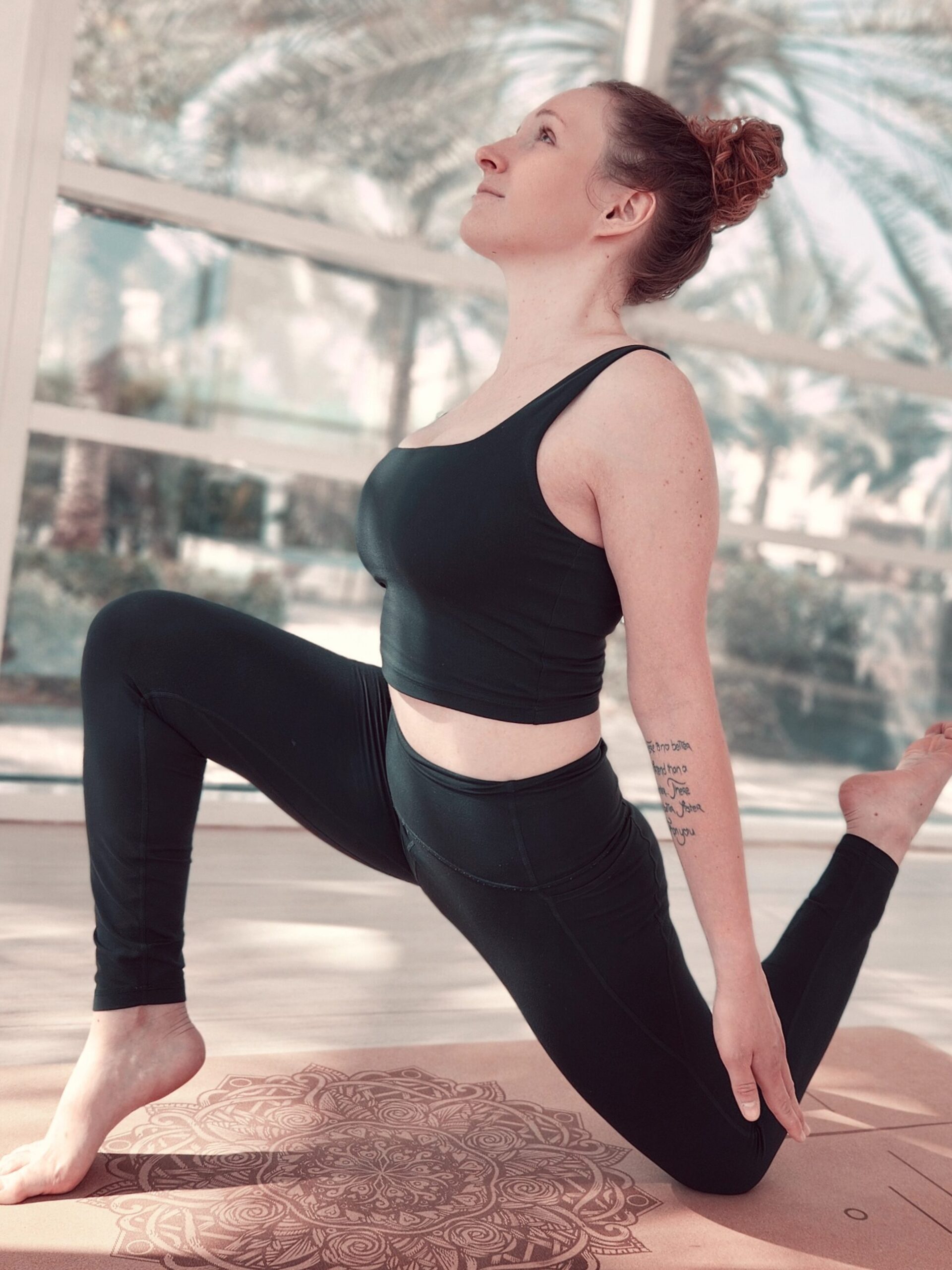
Curious to try it yourself? Start with a short, nourishing class on my YouTube channel – no experience needed.
Real Pros & Cons of Starting Yoga During Burnout
✅ Benefits
- Nervous system regulation
- Emotional release without pressure to explain or perform
- Deep rest and improved sleep
- Stronger body-mind connection
- Space to hear your own truth again
⚠️ Challenges
- Resistance to slowing down (especially when you’re used to “pushing through”)
- Confronting uncomfortable feelings that have been buried
- Needing time and patience to rebuild trust in your body
But here’s the truth: there is no “perfect moment” to begin. Healing starts the moment you say yes to yourself.
If You’re Still Unsure – Remember These Words
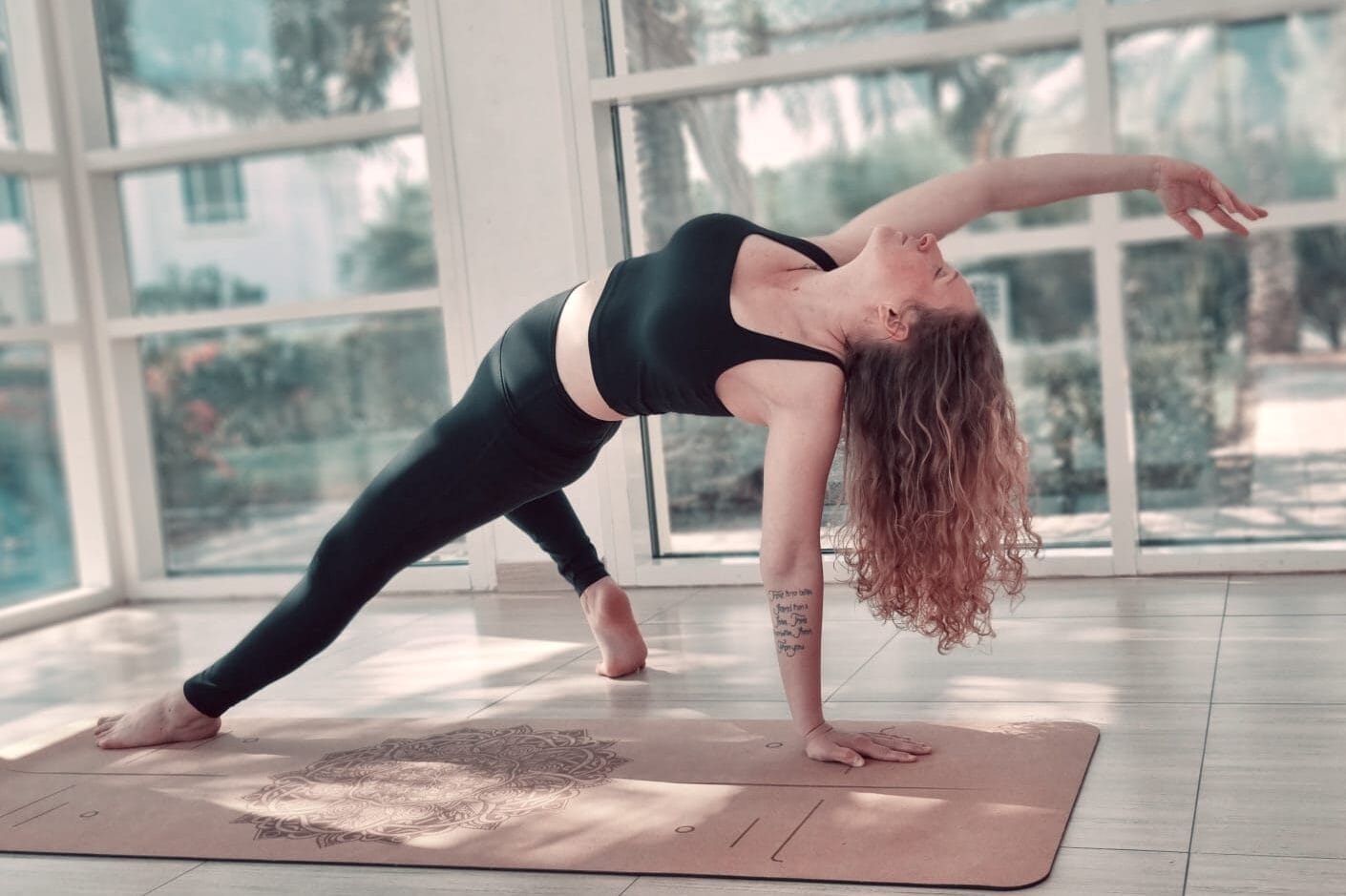
You don’t need to do a full flow, when you don’t feel like it.
Gentle breathwork or a short yoga nidra can be deeply restorative.
Start by giving yourself 5–10 minutes and you will soon realize: every moment counts.
Yes, you might feel emotional during a yoga session.
And that’s okay.
Yoga creates a safe space to let go, soften, and reconnect with emotions that need to be acknowledged.
Begin with a gentle class.
Try my Evening Yoga in Bed or the Let Go & Relax Session – no pressure, just presence.
How I Teach – And Why It’s Different
Today, I teach yoga to women who carry a lot — emotionally, mentally, energetically.
My approach is slow, safe, and trauma-informed.
No pressure.
No perfection.
Just breath, movement, and presence.
- You will be seen, but never judged
- You can pause anytime — and that’s a strength, not a failure
- Your body is your guide, not the shape of the pose
Explore a trial session, or have a look at my class package offers and membership plan offers if you’re ready for a deeper kind of self-care.
You’re Not Alone. And You’re Not Broken.
If you feel disconnected, weary, or quietly overwhelmed, please know: You don’t have to fix yourself. You simply have to come back to yourself.
One breath. One kind movement. One small permission to rest.
That’s where it begins.
With love,
Alina
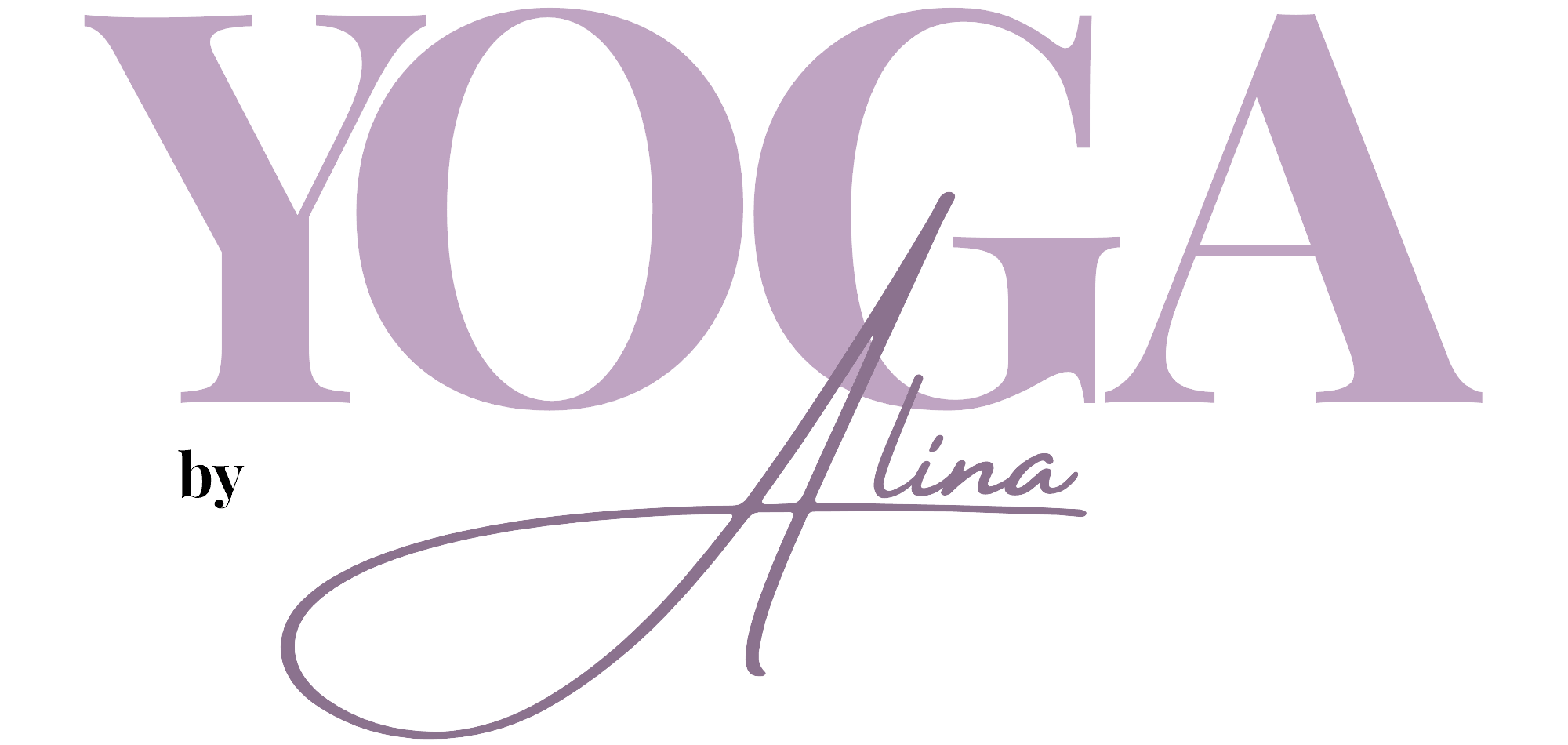
Leave a Reply